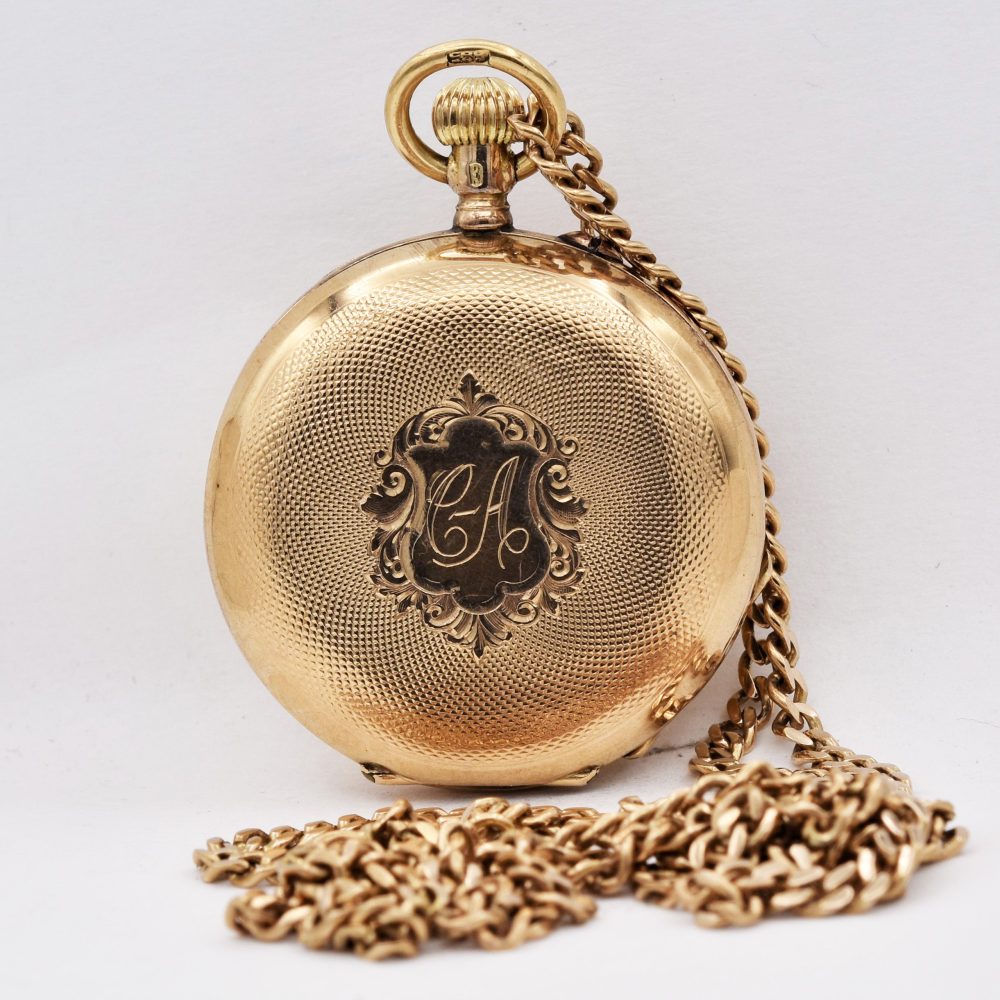Introduction
In an era before the convenience of wristwatches, antique pocket watches were the epitome of sophistication and status symbols for gentlemen and ladies alike. These miniature marvels of engineering encapsulate not only the passage of time but also the evolution of art, culture, and technology through centuries. Delving into the world of antique pocket watches is to embark on a journey through history, where each tick resonates with stories of craftsmanship, innovation, and personal anecdotes.
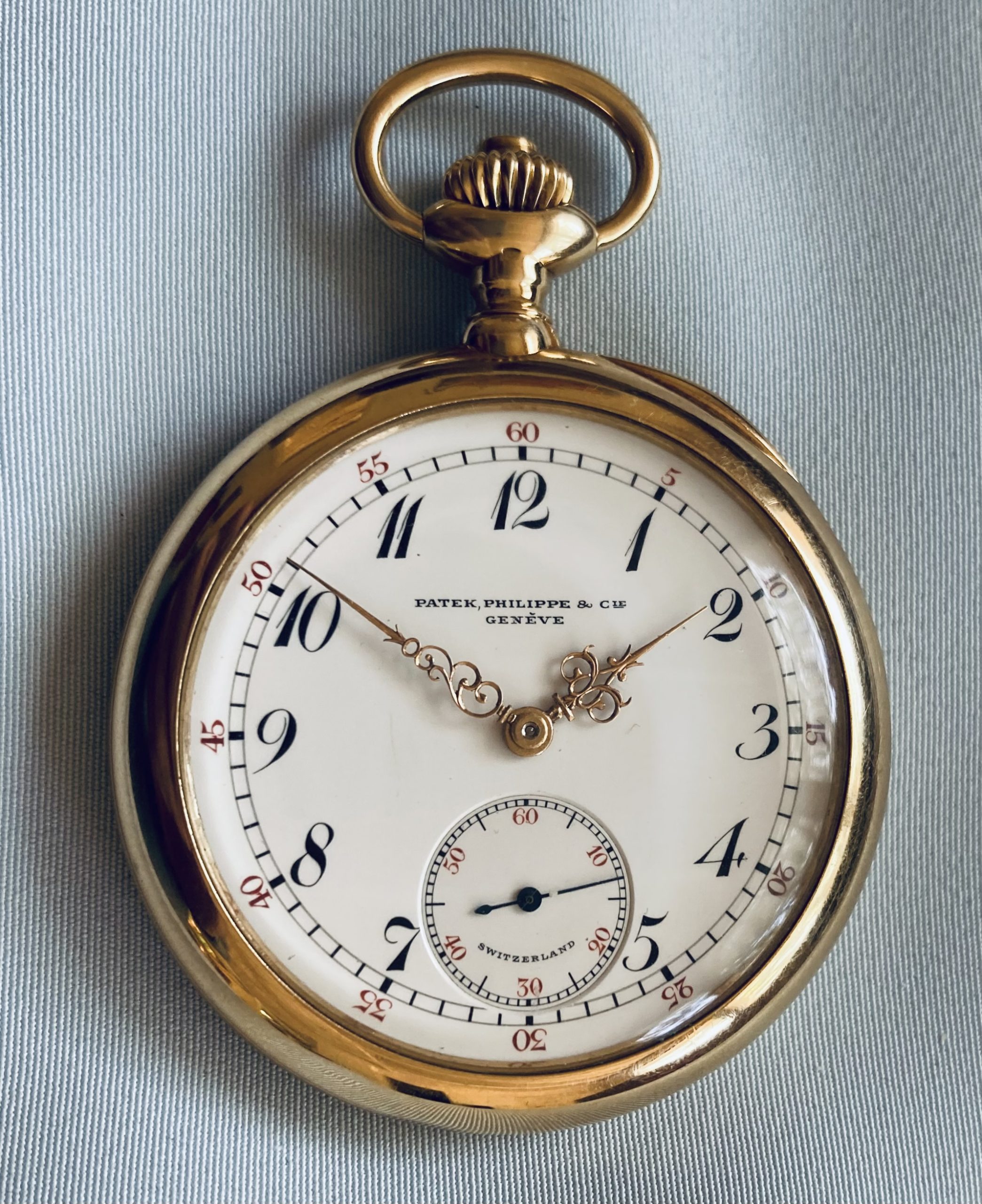
Origins and Evolution
The origins of the pocket watch can be traced back to the 16th century, with the invention of the spring-driven clock by Peter Henlein in Nuremberg, Germany. These early ‘clock-watches’ were cumbersome and not yet designed for portability. However, it wasn’t until the 17th century when pocket watches, as we recognize them today, began to take shape in England and France. Craftsmen started to miniaturize clock mechanisms, encasing them in ornate metal covers, thus creating the first portable timepieces.
Throughout the centuries, pocket watches evolved from simple hour indicators to highly complicated mechanisms capable of tracking seconds, minutes, hours, days, dates, months, and even moon phases. The addition of complications such as chronographs, repeaters (which chimed the time), and tourbillons (to counteract the effects of gravity) demonstrated the pinnacle of horological mastery.
Styles and Materials
Antique pocket watches come in various styles, each reflecting the fashion and preferences of its respective era. The hunter-case design, named for its hinged cover protecting the dial, was popular in the Victorian era, while open-faced models without covers gained favor in the late 19th and early 20th centuries. Materials ranged from silver and gold for cases to intricate enamelwork and gemstones for decoration, signifying wealth and taste.
Maker’s Mark and Collectability
The names inscribed on the movements and dials of these watches hold great significance. Renowned makers like Patek Philippe, Breguet, Vacheron Constantin, and of course, Rolex (in its earlier years as Wilsdorf & Davis), crafted some of the most sought-after and valuable pocket watches. Each maker had its signature style and innovations, making their creations highly collectible today. Rarity, condition, complexity, and provenance significantly influence the value of an antique pocket watch.
Personalization and Sentimentality
Pocket watches often carried deep sentimental value, passed down through generations as family heirlooms. Engraved initials, family crests, or dedicatory messages on the case back personalized these timepieces, turning them into cherished memorabilia. Soldiers in World War I would frequently carry pocket watches, with many inscribed with poignant reminders of home, turning these instruments of time into tangible links to loved ones.
Restoration and Preservation
Preserving these historical treasures requires delicate care and expertise. Restoration specialists meticulously clean, repair, and sometimes recreate missing parts to restore a pocket watch to its former glory. Maintaining the originality as much as possible is crucial to preserving the historical integrity and value.
Collecting and Appreciating Today
Today, collecting antique pocket watches has become a popular hobby and investment opportunity. Enthusiasts gather at auctions, antique shops, and online forums to trade stories, knowledge, and of course, these exquisite timepieces. Beyond their financial worth, antique pocket watches offer a tangible connection to the past, a glimpse into the lives and times of their previous owners, and a profound appreciation for the artistry and engineering that defined an era.
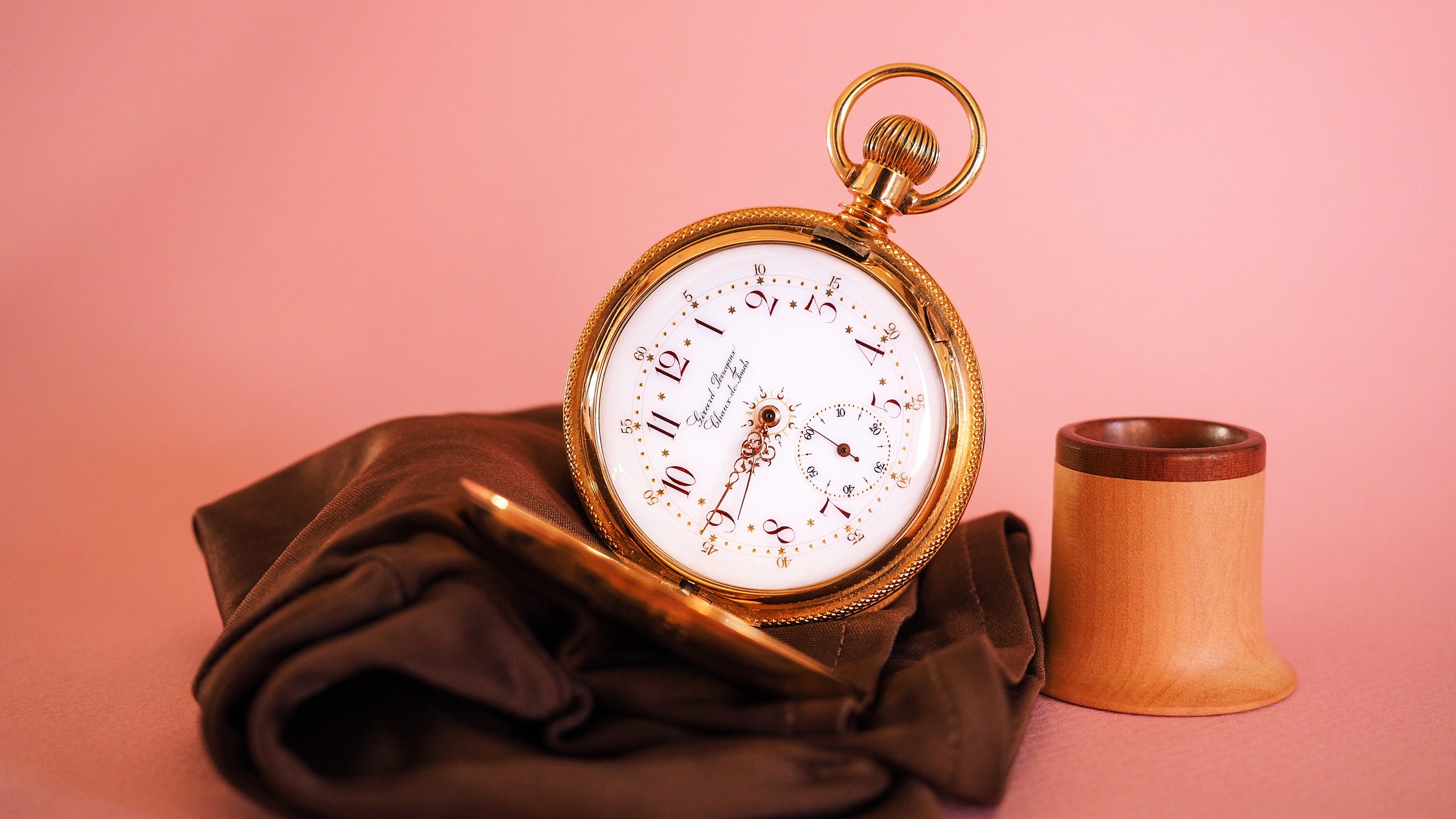
Investigating the Intricacies: Complications and Their Significance
One aspect that elevates antique pocket watches to a realm beyond the ordinary is the presence of complications. These additional functions, embedded within the watch’s mechanism, showcase the incredible skill and creativity of horologists of the past.
- Chronograph: A complication that allows the wearer to measure elapsed time independently of the watch’s main timekeeping function. Early chronographs were essential for sportsmen, scientists, and military officers.
- Repeater: An auditory complication that chimes the time on demand, using a series of gongs struck by hammers activated by a slide or button. Developed in an era before electric lighting, repeaters allowed the owner to check the time in the dark.
- Perpetual Calendar: A highly sophisticated complication that automatically adjusts for the varying lengths of months and even leap years, ensuring accurate calendar display throughout the year.
- Tourbillon: Invented by Abraham-Louis Breguet in 1801, this mechanism aims to counteract the effects of gravity on the watch’s accuracy by mounting the escapement and balance wheel in a rotating cage.
These complications not only served practical purposes but also became demonstrations of prestige and technical prowess. Owning a pocket watch with complications was a testament to one’s wealth and appreciation for the intricacies of horology.
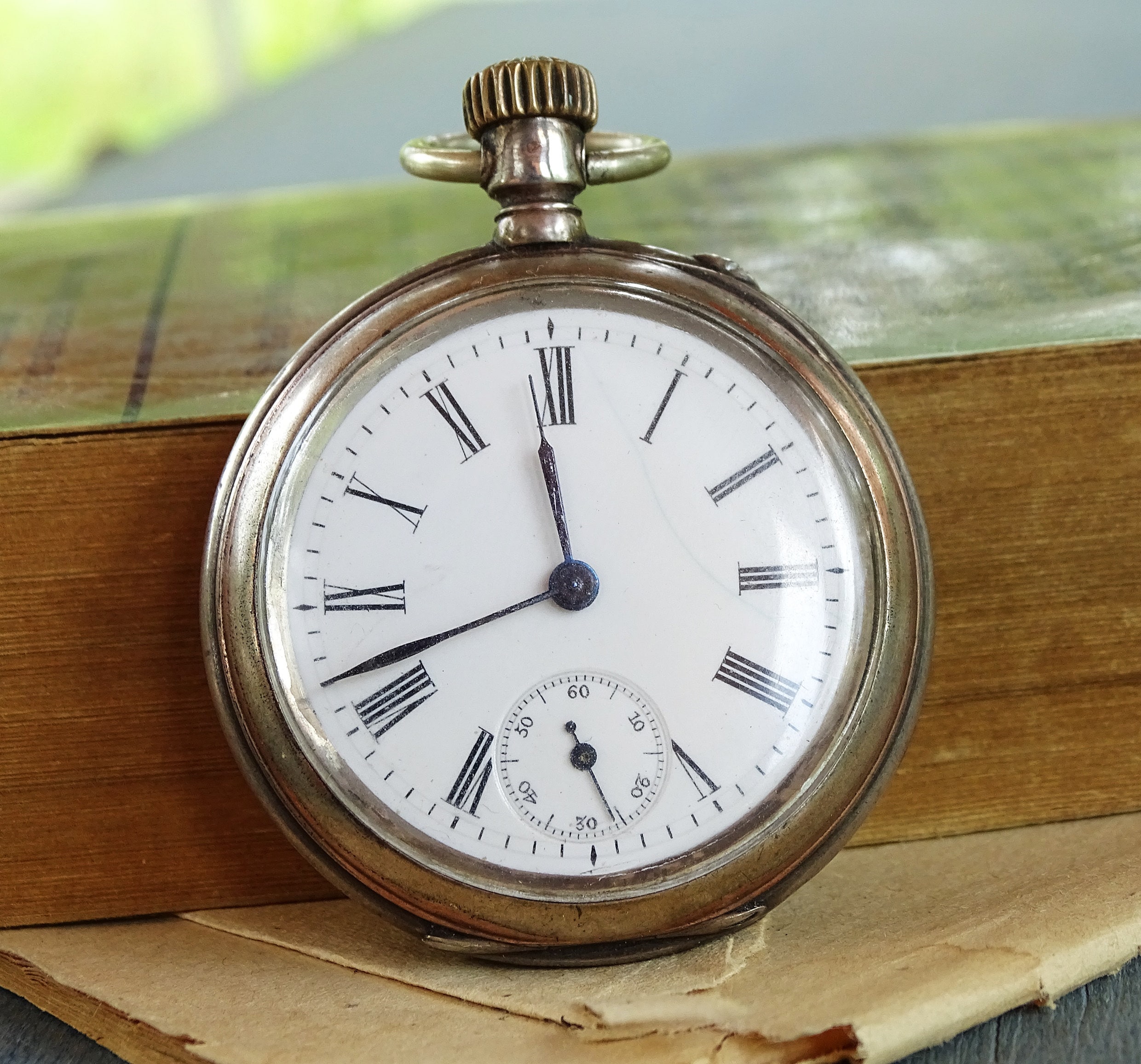
The Art of Dial Decoration and Case Design
The aesthetic appeal of antique pocket watches extends beyond their mechanical complexity. Dials and cases were often adorned with intricate designs, showcasing the talents of artisans and engravers.
- Enamel Dials: A technique involving the application of layers of powdered glass fused onto a metal base under high heat, resulting in vibrant, durable colors and designs. These dials could feature everything from simple Roman numerals to elaborate scenes and portraits.
- Guilloché Engraving: A precise, intricate pattern engraved into metal, often seen on case backs or around the edges of dials. This delicate work required immense skill and was used to enhance the overall beauty and reflect light in mesmerizing ways.
- Hunting Scenes and Miniature Paintings: Some high-end pocket watches featured hand-painted miniatures depicting landscapes, portraits, or even hunting scenes, transforming the watch into a wearable piece of art.
The Role of Pocket Watches in Literature and Film
Antique pocket watches have often found their way into literature and cinema, becoming symbolic elements in storytelling. From Dickens’ characters checking their fob watches to the iconic pocket watch in H.G. Wells’ “The Time Machine,” these timepieces symbolize the passage of time, nostalgia, or even the control over destiny.
In films like “Back to the Future” and “Sherlock Holmes,” pocket watches serve as crucial plot devices, highlighting their enduring mystique and cultural significance. They represent a connection between the past and present, adding depth to characters and narrative.
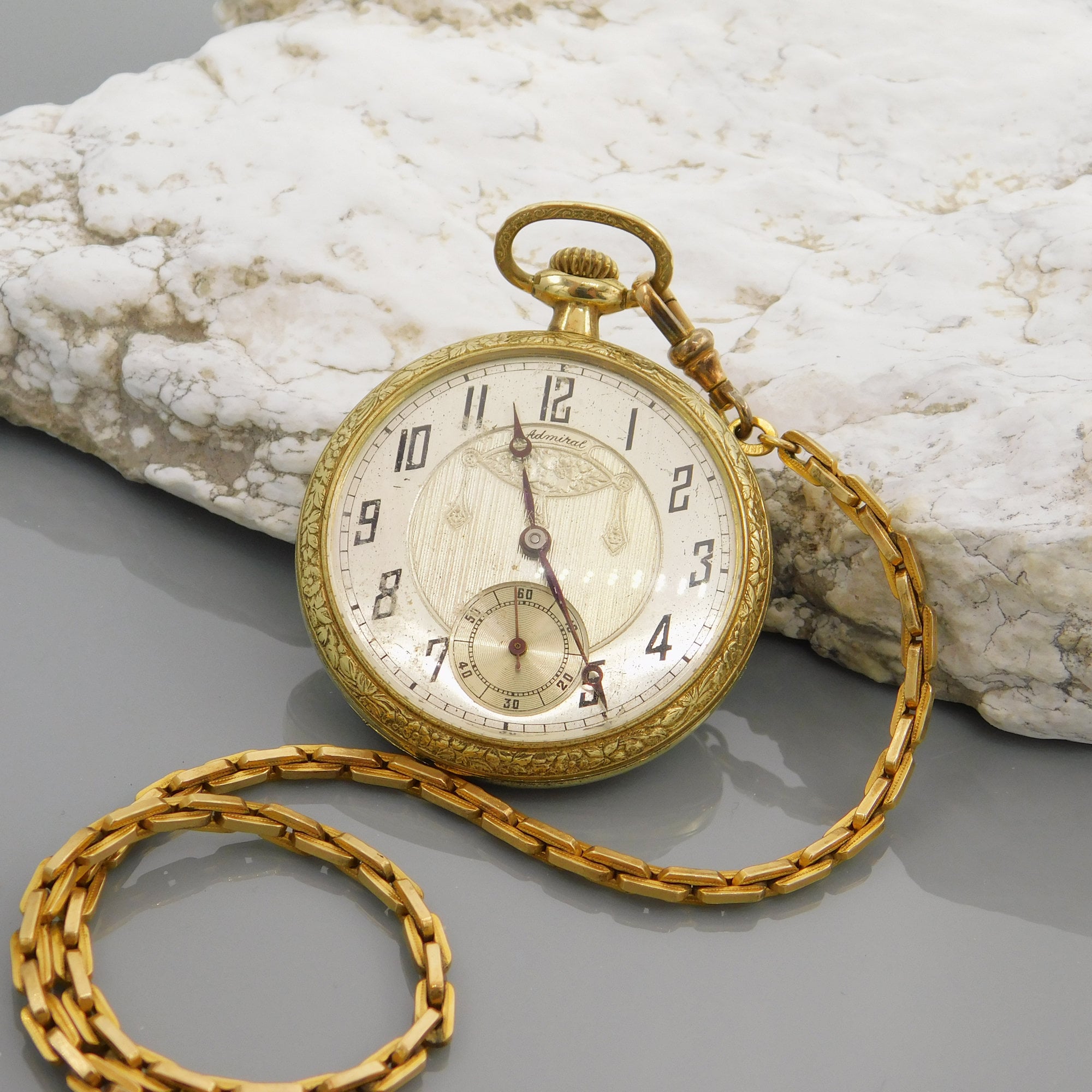
In conclusion
Antique pocket watches are more than mere time-telling devices; they are living artifacts that encapsulate human ingenuity, artistic expression, and personal narratives across centuries. Each one whispers stories of a bygone era, making them not just collectors’ items but also guardians of history, ensuring that time, in all its forms, remains timeless.
Antique pocket watches stand as testaments to human achievement, encapsulating not just advancements in technology but also the evolution of art and design. As we continue to forge ahead into an increasingly digital age, these mechanical marvels remind us of the beauty in craftsmanship and the importance of preserving our heritage. Each pocket watch is a unique window into the past, offering insights into the lives, tastes, and aspirations of those who came before us. Whether collected for their historical significance, artistic beauty, or simply for the love of horology, antique pocket watches remain timeless treasures that bridge generations and inspire awe.

